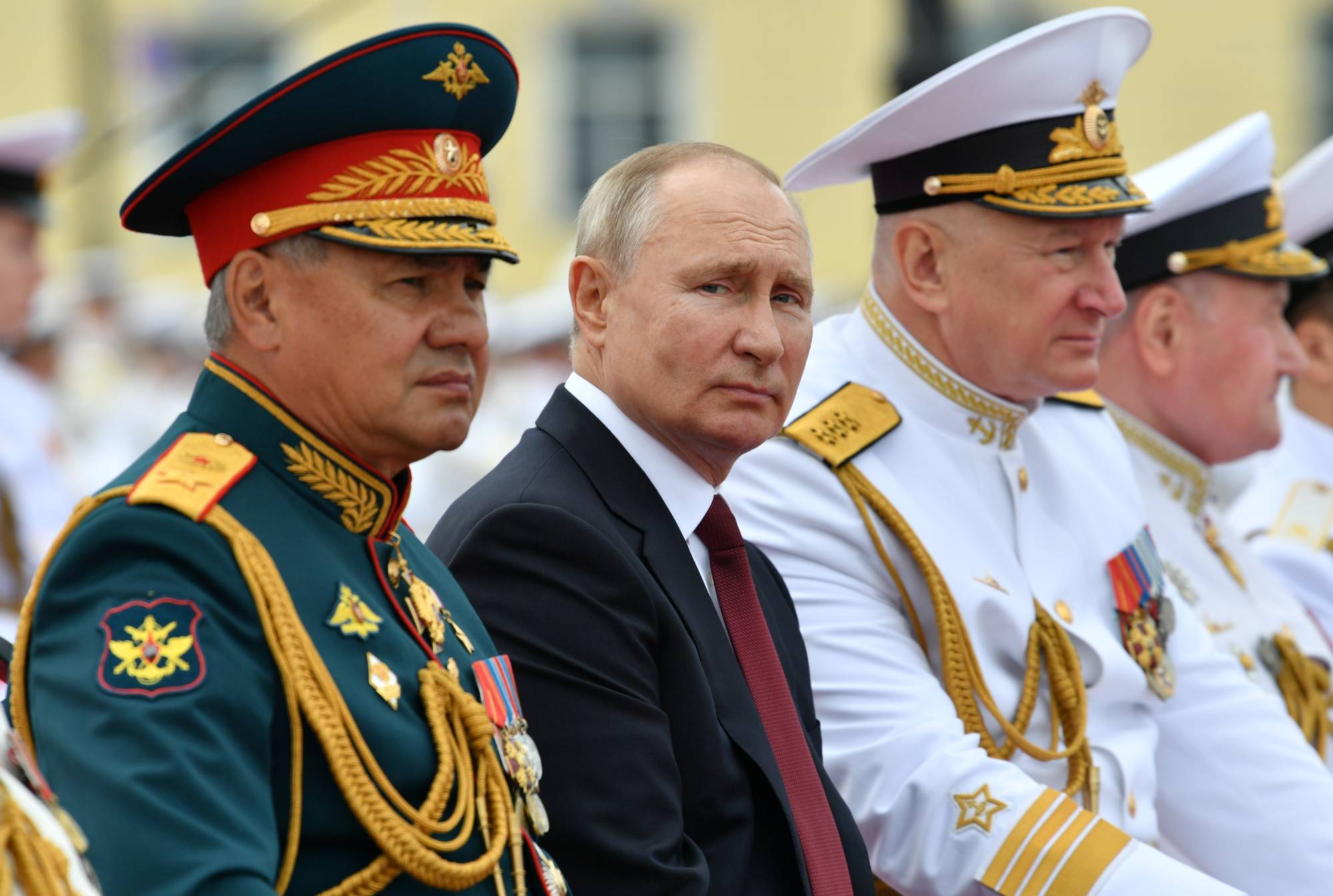The asymmetrical fury of Russia’s apparent response to the recent bombing of the symbolically significant Kerch Strait bridge seems to signal that the attack crossed one of Vladimir Putin’s important red lines.
It’s still not certain, however, that the much-used concept of red lines — cited, on occasion, by Putin himself, too — in fact applies to the Russian dictator. And that is exactly why answering the question of whether Putin is actually prepared to use nuclear weapons is so tough.
The notion of "red lines” that, when crossed, can trigger the imposition of dire consequences may go back to the line a Roman envoy drew in the sand at the feet of Seleucid King Antiochus IV to dissuade him from attacking Alexandria. The lines somehow turned red in the 1970s, and various leaders since have set them down as a warning or a threat, sometimes without really meaning it. Barack Obama insisted the use of chemical weapons by Bashar Assad in Syria would be a "red line” — but Assad, who almost certainly did use the weapons, still leads that country long after Obama ceased to be U.S. president.


















With your current subscription plan you can comment on stories. However, before writing your first comment, please create a display name in the Profile section of your subscriber account page.